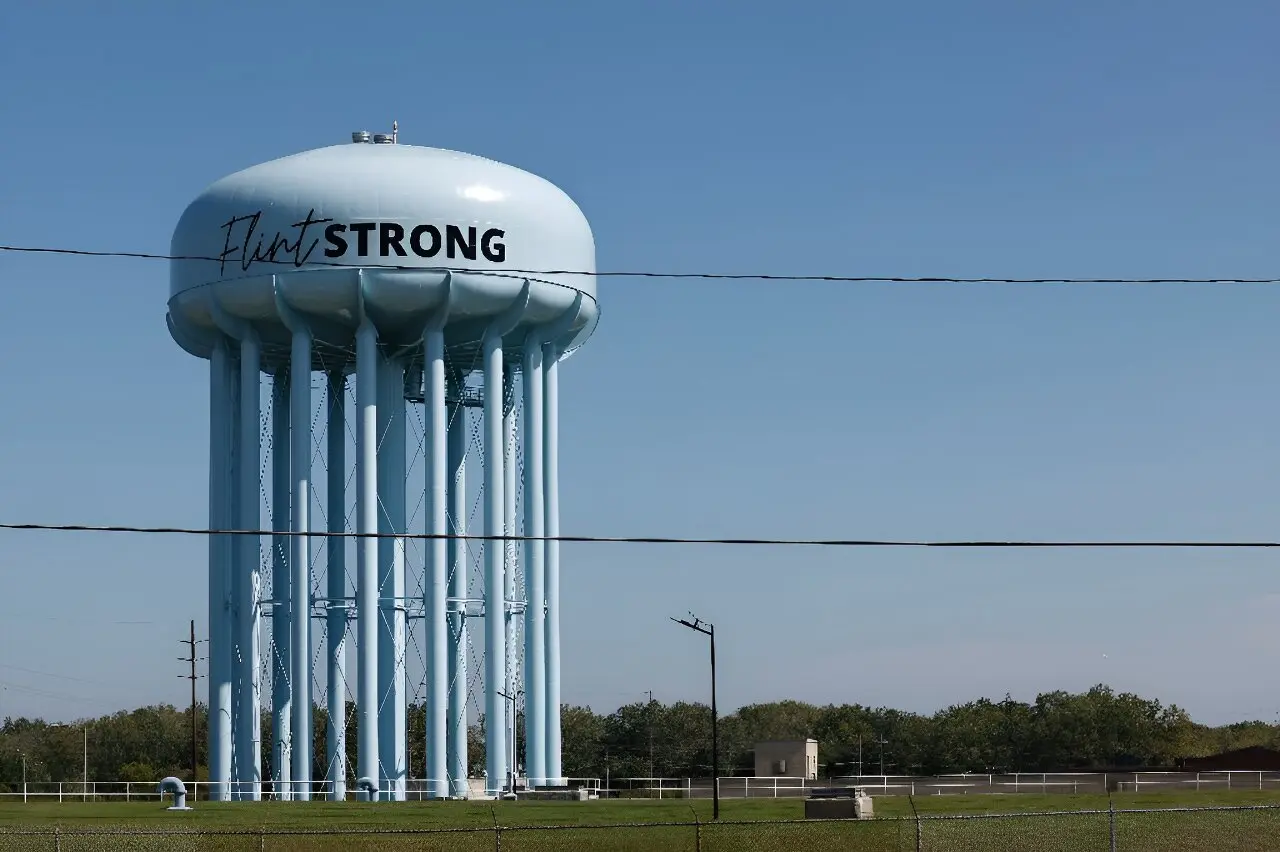Instead of drawing from the region’s lakes, one of the world’s largest freshwater reserves, officials decided to draw from a polluted, acidic river, exposing its 100,000-strong population to severely lead-contaminated water for more than a year.
The health scandal had international repercussions, and—among other issues—caused learning disabilities in many children.
It saw a spike in cases of Legionnaires’ disease, leading to the death of a dozen people and widespread mistrust of public officials.
Those same authorities have said that the vast majority of lead pipes have since been replaced and that the water is now safe to drink.



Implying that the river water was contaminated is misleading. The river water was perfectly capable of being used as drinking water if treated properly, but they didn’t and so the pipes were damaged by acidic water which contaminated the drinking water with lead.
It’s totally fair to have a distrust of public officials after something like this, but they’re not the same officials, and the water has been tested by independent parties.
It’s not really in doubt that the pipes have been replaced. It’s not something you can do that people might miss. They very obviously dug up and replaced a lot of pipes.